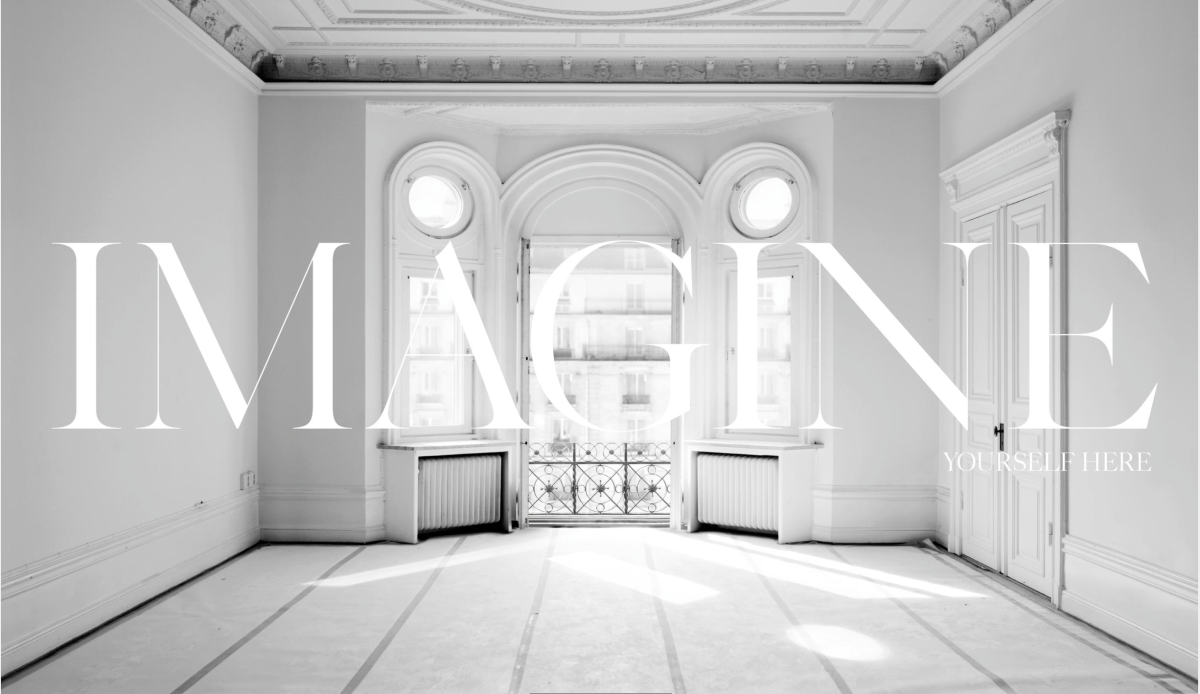Architectural moldings and millwork add style, character and a bit of distinction within a home and rids the “empty box syndrome” (plain and featureless) that can be common in a lot of homes today. Architectural moldings come in a variety of profiles that can be chosen based on one’s project requirements and budget. They come in virtually every style and they can be stock or custom, factory pre-primed for paint and stain in solid milled wood, or plaster, or reformed wood—and perfect for a remodel or restoration project.
“If the architecture is any good, a person who looks and listens will feel its good effects without noticing.”– Carlo Scarpa, Italian Architect
When used creatively, architectural moldings can have a stunning and memorable impact. Being a proud Italian, I relate architectural moldings to pasta: Pasta comes in a wide variety of styles: rigatoni, fusilli, penne, fettuccine, pappardelle, tagliatelle, spätzle, cannelloni, etc., and can handle any type of sauce and ingredients (though fresh is best). Like pasta, architectural elements within a space are timeless and can stand on their own, and can accommodate a variety of design styles from classic to contemporary to modern to Boheme to Art Deco to Arts & Crafts, to French or English Country and so on. Like a good pasta sauce, you do not want to dress the pasta with too much sauce. Less is more. Restraint is the key. And that’s the beauty to “goodness”.
Greer says this about architectural moldings: “But as I say, the baby has been thrown out with the bath water, and among the essential architectural moldings which have all but vanished with the picture molding are cornices and proper baseboard. A baseboard should be four to six inches high. It should not be embellished with a quarter-round molding at the top as though you were trying to apologize for is being there.”

I got to agree with Greer—it’s a critical detail that often gets overlooked though it seems to be making a major comeback. I was going through some old magazines dating back to 2009, and couldn’t help but notice the beautifully photographed spaces with the good bones. Trust me on this. Peruse any furniture and décor catalog, and on the cover, one will surely see a photo spread of a beautiful space adorned with stunning architectural details. (check out catalogs such as CB2, West Elm and Restoration Hardware). They might lead you to think that they are essential. During a preliminary client meeting, when walking through the client’s home, a good designer will check for the bones of the space. Always. What do we mean by “great bones”?

Elements within a room with great bones include:
- Molding
- High ceilings (over 9’), pitched, ceiling beams, etc.
- Elegant windows, transoms and doors with classic details (wood casing)
- Fireplace
- Gorgeous hardwood or stone floors
…and if left all by itself, is simply BEAUTIFUL. No other adornment is required. Filling it, one must show restraint with design execution. Design decisions include: choosing shape/lines, color, lighting and style of furniture.
What if the space lacks these “good bones”? What then? Here’s the good news- it does not have to permanent. Take for example, a long dark narrow hallway- think bowling alley. What can we do to transform the space? Let’s begin with the architecture. Paneling would also be a fantastic option. This would break up the long expanse while creating some visual interest. Finish off the design with a nice white wall paint, fabulous sconces, long carpet or dark floor (for high contrast), add wall mounted mirrors and/or art work. And viola! Instant panache.
Though they can provide rich detail and even assist in the replication of a historical design, the choices can be daunting for the lay person. Choices include: decorative interior moldings, decorative wall accents, decorative ceiling accents, interior mill work, etc. So, if you know you want to add to or add some good bones within your home but don’t know where to start and need some guidance what are you waiting for……..call a professional!







Love that!!!
Blessings,
Kimberly
>
LikeLike
Thank you!
LikeLike